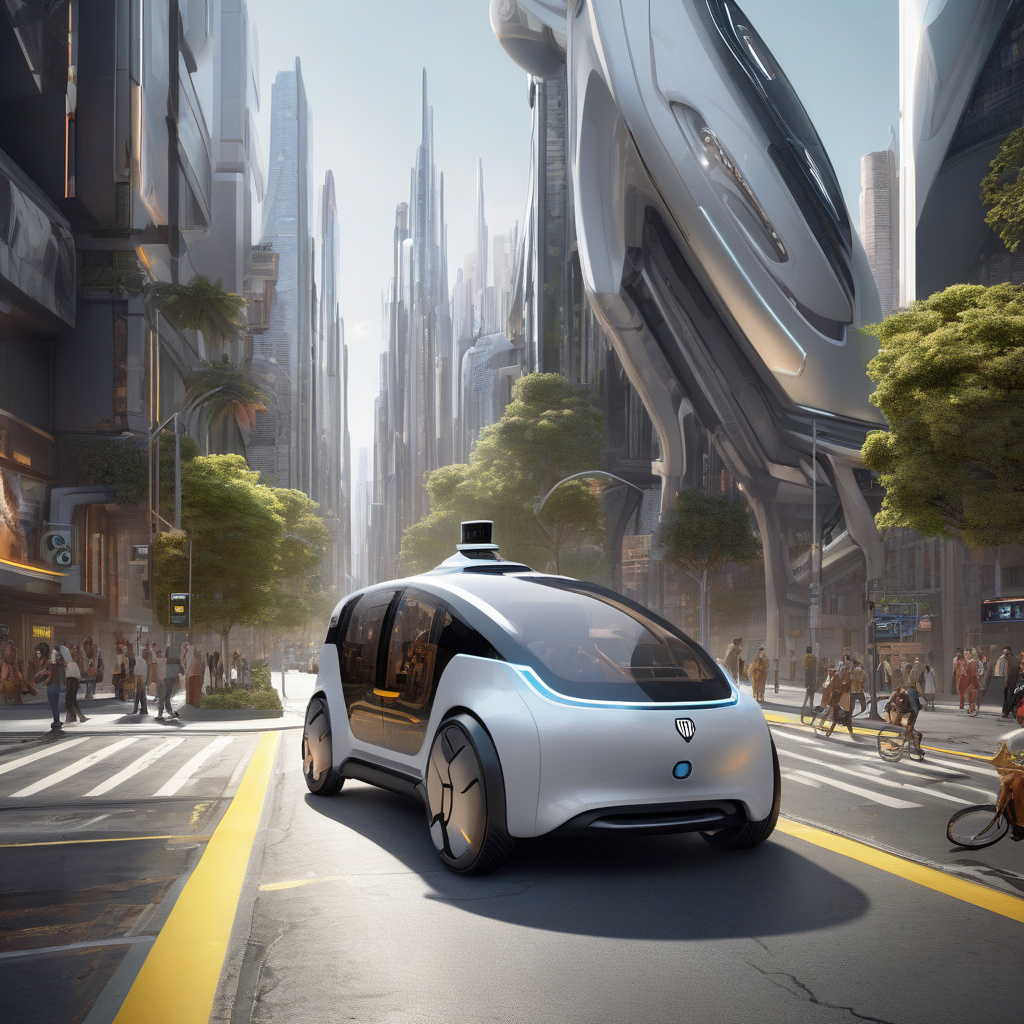Uber and WeRide: Revolutionizing Transportation with Robotaxis in 15 New Cities
Uber, the pioneer in ride-hailing services, and the Chinese autonomous vehicle technology company WeRide are gearing up to transform urban mobility with their ambitious plan to introduce robotaxis in an additional 15 cities over the next five years. This strategic expansion follows the successful launch of their commercial robotaxi service in Abu Dhabi earlier this year, marking a significant milestone in the autonomous driving landscape.
The collaboration between Uber and WeRide signifies a groundbreaking shift towards a future where self-driving vehicles play a central role in reshaping transportation systems globally. By leveraging cutting-edge technology and innovative solutions, these companies are poised to revolutionize the way people commute, offering a safer, more efficient, and environmentally friendly alternative to traditional modes of transport.
One of the key advantages of robotaxis lies in their potential to enhance road safety by minimizing human error, which is a leading cause of accidents on the roads today. With advanced sensors, artificial intelligence, and machine learning algorithms at the core of their operations, autonomous vehicles can navigate complex traffic scenarios with precision and agility, reducing the likelihood of collisions and improving overall road safety.
Moreover, the expansion of Uber and WeRide’s robotaxi services to new cities in Europe underscores the growing acceptance and adoption of autonomous driving technology on a global scale. As urban populations continue to rise, the demand for efficient and sustainable transportation solutions has never been greater. Robotaxis offer a compelling proposition by optimizing traffic flow, reducing congestion, and lowering emissions, thereby contributing to a more livable and eco-friendly urban environment.
In addition to the significant societal benefits, the integration of robotaxis into mainstream transportation networks holds immense potential for economic growth and innovation. By creating new job opportunities in the fields of engineering, data science, and software development, the autonomous driving industry is driving technological advancement and fostering a culture of continuous learning and improvement.
As we look ahead to a future where autonomous vehicles are an integral part of everyday life, it is crucial for policymakers, regulators, and industry stakeholders to collaborate closely to establish clear guidelines and standards that ensure the safe and responsible deployment of this transformative technology. By fostering an ecosystem of trust, transparency, and accountability, we can unlock the full potential of robotaxis and pave the way for a more connected, efficient, and sustainable transportation ecosystem.
In conclusion, the partnership between Uber and WeRide to expand their robotaxi services to 15 new cities represents a significant milestone in the evolution of autonomous driving technology. By harnessing the power of innovation and collaboration, these companies are spearheading a transportation revolution that promises to revolutionize the way we move and interact with our urban environment. As we embrace this exciting journey towards a more autonomous future, let us seize the opportunities that lie ahead and work together to create a more vibrant, inclusive, and resilient transportation system for generations to come.

